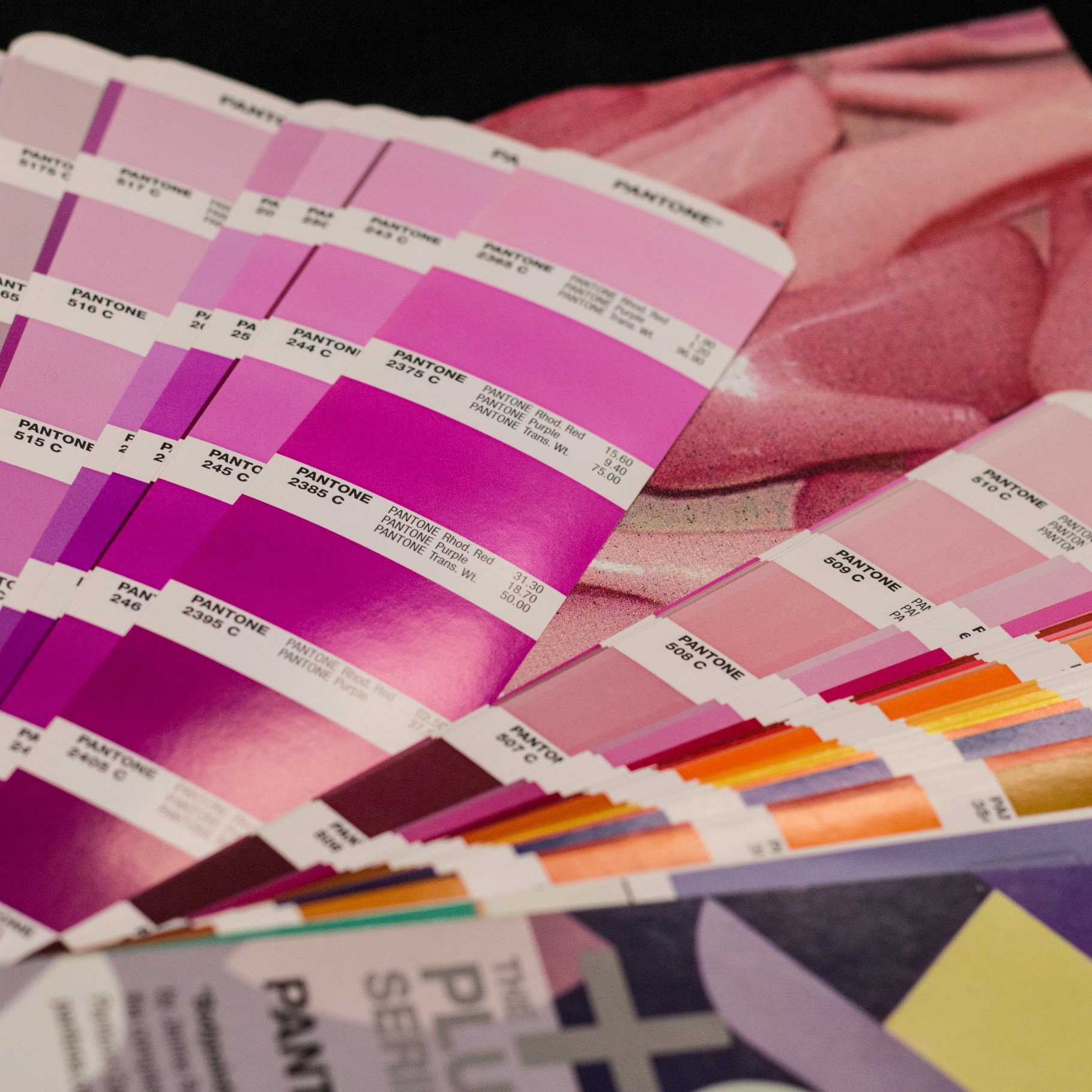

It makes a lot of sense to print a finite amount of color patches that demonstrate what is actually printable. Well, your printer has a finite color range (gamut) for a given ink set, print resolution, and media. Color combinations are based on the ink setup of your printer. AdvertisementĬaldera provides an option to control which color combinations you want in your color chart. That being said, there’ s a good argument to be made that this is not realistic.

#Pantone to vinyl match iso#
The deviation from the ISO tolerances will lessen your chance of a color match to the current PMS book. So, in the long run, updating your Pantone books to the current edition will better align to what you are probably printing if you utilize the G7 calibration method of an ISO standard 10128:2009 and ISO 12647. This has been a huge help in getting CMYK equivalents to be closer to what could be visual ly similar, aka G7 or a similar color appearance, by adhering to these published ISO standards.

Pantone went back again to assess and realigned their printing of the beloved PMS books to conform to the current ISO print conditions. Great idea, but it never took hold in the US market. Refocusing, Pantone took stock of the common press inks available globally. Pantone Hexachome was officially discontinued in 2016. There was merit for the print provider but the complexities of making a good CMYKOG separation were challenging. The process was complex and bleeding edge as it opened up a whole range of printable colors not possible with CMYK.
#Pantone to vinyl match how to#
Unfortunately, designers in the ’90s were still struggling to make good CMYK separations from RGB files, let alone understand how to make a CMYKOG separation. Pantone Hexachome was developed to represent more than 90 percent of the original color (ink) library. Confusion began when a spot color could be defined as a separate color ink or as a process color simulation (in CMYK) but listed as a fifth or sixth plate in the file.īuilding upon the success of the CMYK equivalents of mixed inks, Pantone noticed the trend toward commercial sheetfed presses with six or more print towers, leading to the development of the Pantone Hexachome. In the ’90s, Pantone was successful in getting designers to use CMYK equivalents to select colors instead of a separate color plate on press, known as spot color, to achieve the desired color match. But sometimes it didn’t translate well to print as the expectation of a color match to a printed Pantone fan book wasn’t met.īorn out of a system of mixing ink (ink formulation) to create a color match, the Pantone system became the unofficial standard for printing in the US. Long have graphic designers used this system to specify what they would like a color to look like. THE UBIQUITOUS PANTONE fan guide – the Pantone Matching System (PMS) – is an effective and proven way to communicate color intention in print.
#Pantone to vinyl match free#
Get Your Free Subscription to Big Picture magazine.Culture + Engagement: Brian Adam and James Swanson.The Competitive Wrap Installer: Kristin Lanzarone.The cookie is set by the GDPR Cookie Consent plugin and is used to store whether or not user has consented to the use of cookies. The cookie is used to store the user consent for the cookies in the category "Performance". This cookie is set by GDPR Cookie Consent plugin. The cookie is used to store the user consent for the cookies in the category "Other. The cookies is used to store the user consent for the cookies in the category "Necessary".

The cookie is set by GDPR cookie consent to record the user consent for the cookies in the category "Functional". The cookie is used to store the user consent for the cookies in the category "Analytics". These cookies ensure basic functionalities and security features of the website, anonymously. Necessary cookies are absolutely essential for the website to function properly. Soundlab (R12 Rated Vinyl) 8 8 products.


 0 kommentar(er)
0 kommentar(er)
